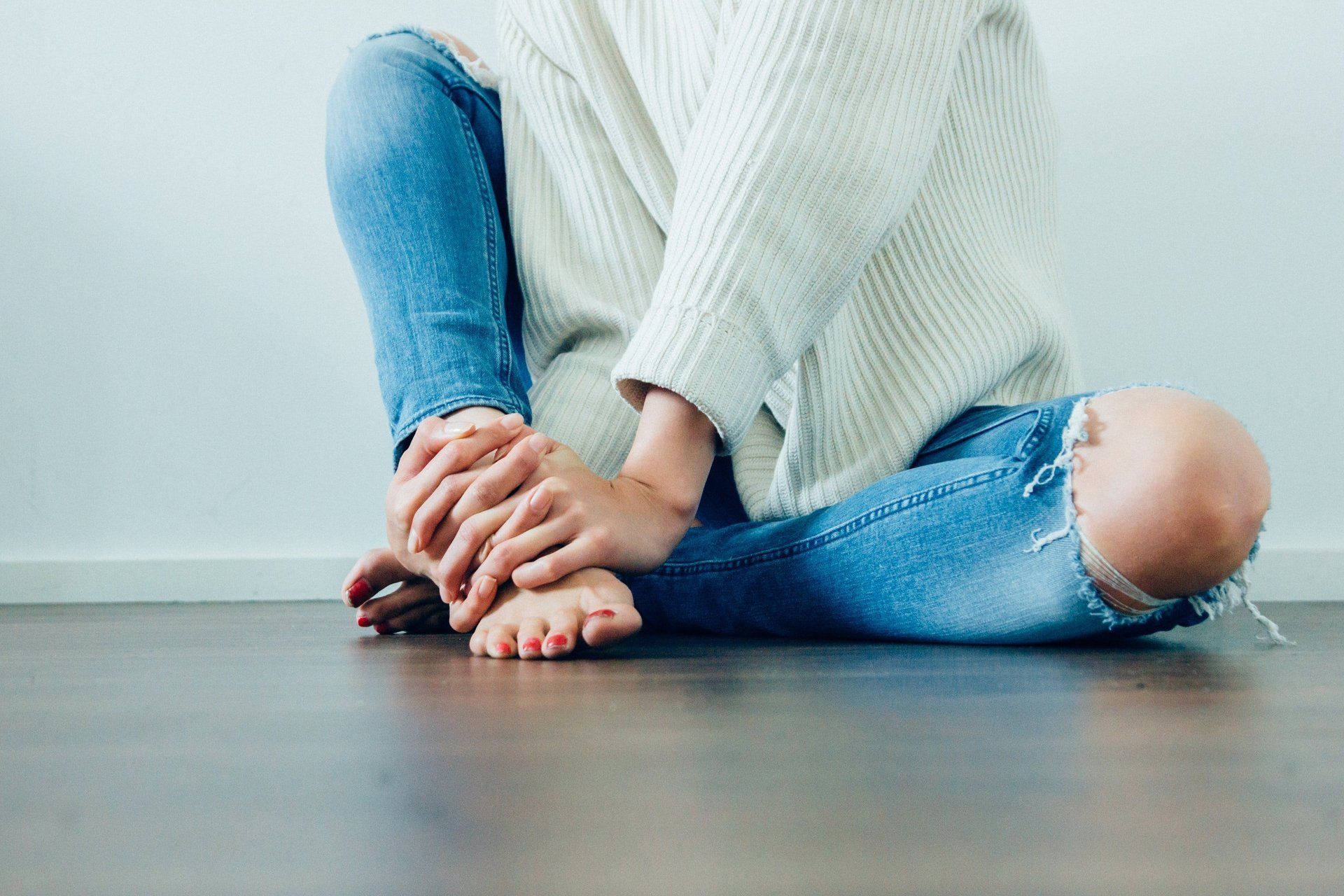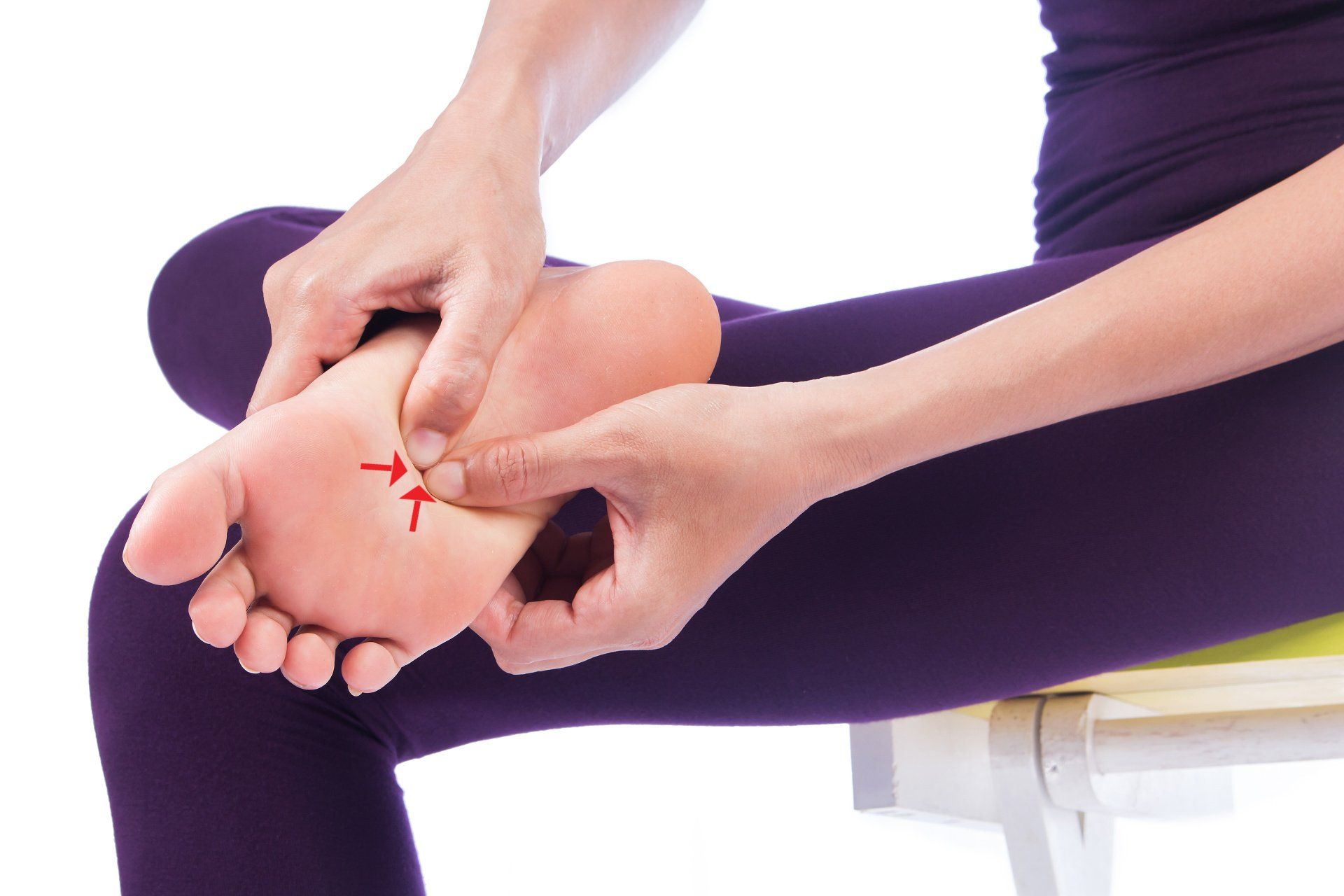BLOG
Alexandria Foot Care Blog

By Kostadinka Skandeva DPM
•
09 Aug, 2018
Skin cancer of the legs, ankles, and feet are some of the most overlooked cancers. They are found in locations where most people consider skin cancers unlikely. Over 90% of skin cancers appear on sun-exposed skin, this does not hold true for those that arise on the skin of the feet. Skin cancers of the feet are more often related to viruses, exposure to chemicals, chronic inflammation or irritation, or inherited traits. Unfortunately, the skin of the feet is often overlooked during routine medical examinations, and for this reason, its important that feet are checked regularly for abnormalities which might be indicative of evolving skin cancer.
Some of the most common cancers of the lower extremity are:
Learn the ABCDs of skin cancer:
Some of the most common cancers of the lower extremity are:
- Basal Cell Carcinomas (BCC) usually occurs on areas that are exposed to the sun. On the skin of the lower legs and feet, BCC often resembles non-cancerous skin tumors or benign ulcers.
- Squamous Cell Carcinomas may appear as a small, scaly bump or plaque which may be inflamed. It may look like a callus and have a history of repeated bleeding or cracking. It may resemble a plantar wart, fungal infection, eczema, or a skin ulcer that doesn’t heal.
- Malignant Melanoma is one of the deadliest skin cancers known. Melanomas may occur on the skin of the feet and on occasion beneath a toenail. This skin cancer commonly begins as a small brown-black spot or bump, that may resemble a common mole.
Learn the ABCDs of skin cancer:
- A symmetry – The sides don’t match.
- B order – It looks uneven or ragged.
- C olor – It has more than one color. These colors may have an uneven distribution.
- D iameter – They appear wider than a pencil eraser. Also, look for ulceration, craters, donut-shaped edges, bleeding, or slow healing if the lesion is ulcerated. Any mole on the toes or the bottom of the foot is suspicious.

By Kostadinka Skandeva DPM
•
17 Jul, 2018
Diabetes can cause problems with your feet. Foot disorders are some of the most prevalent and neglected health issues in the United States. Diabetes often reduces blood flow to your feet and this can lead to oxygen deprivation. The results are diabetic nerve damage that causes numbness as well as sores and infections. Several diabetic foot care tips are below.
- Daily Inspection:
Diabetes may cause numbness in your feet making it hard to detect an infection. You should check your feet closely every day. Look for changes in cracked skin, color or sores. Put a mirror on the floor to see the bottom of each foot clearly.
- Drying Feet:
Make sure you dry your feet thoroughly after bathing. The space between the toes is vulnerable to infection if it remains moist. When you use lotion avoid putting it between your toes.
- See a Doctor:
A podiatrist specializes in foot care and can treat your foot woes properly. Our Alexandria VA podiatristcan diagnose, treat and help you prevent problems.
- Orthotics:
Orthotic footwear can provide protection and comfort. You can buy special shoes that are for people with diabetes. A podiatrist can give you advice about where you can get the shoes. Medicaid covers one pair of custom-molded diabetic shoes.
- Blood Sugar:
An out-of-control blood sugar level can lead to nerve cell damage and make it hard for you to fight an infection. If you control your blood glucose level you may prevent or delay damage.
The main diabetic foot care tips are to monitor your blood sugar level, inspect your feet every day, watch your weight and wear comfortable shoes. If you notice any changes that concern you, then it is a good idea to see your foot doctor in Alexandria VAimmediately.
NOVA Foot & Ankle Center6151 Fuller CourtAlexandria, VA 22310
(571) 480-8480
All Rights Reserved © 2018-2023 | Podiatrist Alexandria VA
Podiatry Website Design
provided by DJR Online Marketing
